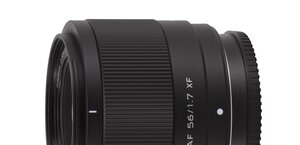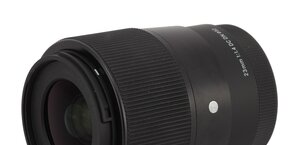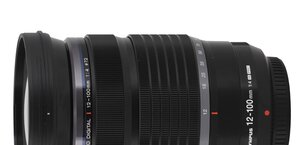Sigma S 70-200 mm f/2.8 DG OS HSM
3. Build quality and image stabilization
In the photo below the Sigma S 70–200 mm f/2.8 DG OS HSM is positioned between the Sigma A 35 mm f/1.4 DG HSM and the Canon EF 50 mm f/1.4 USM.
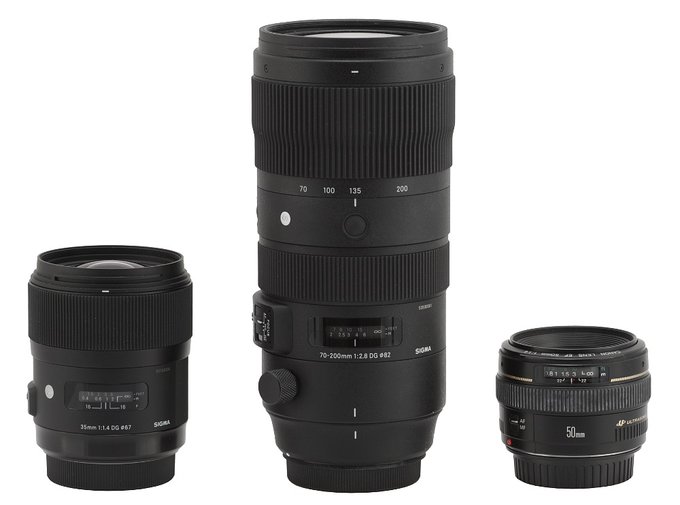 |
Please Support UsIf you enjoy our reviews and articles, and you want us to continue our work please, support our website by donating through PayPal. The funds are going to be used for paying our editorial team, renting servers, and equipping our testing studio; only that way we will be able to continue providing you interesting content for free. |
- - - - - - - - - - - - - - - - - - - - - - - - - - - - - - - - - - - - - - - - - - - - - - - -
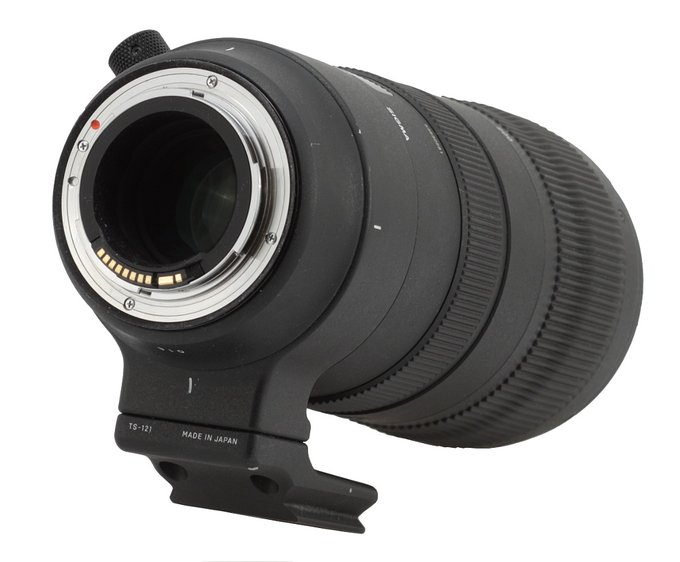 |
The next part is a very solid tripod adapter which can be turned. Unfortunately you can't dismantle it completely and it's a pity. Sometimes you walk around with such a lens quite a lot without any tripod or monopod and if you could take the tripod adapter off it would significantly reduce the weight of the instrument and make it more handy.
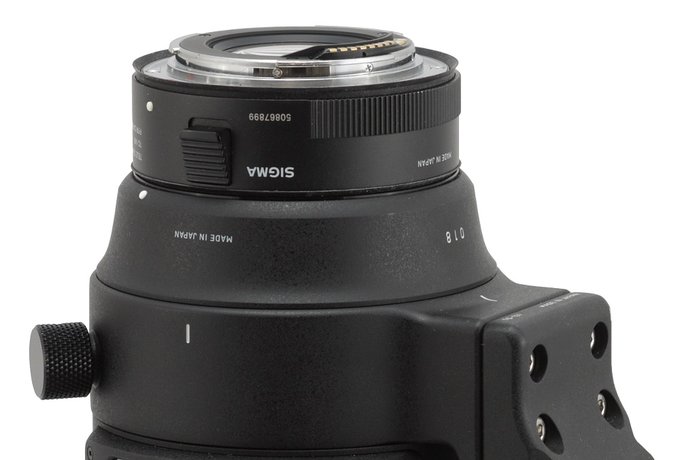 |
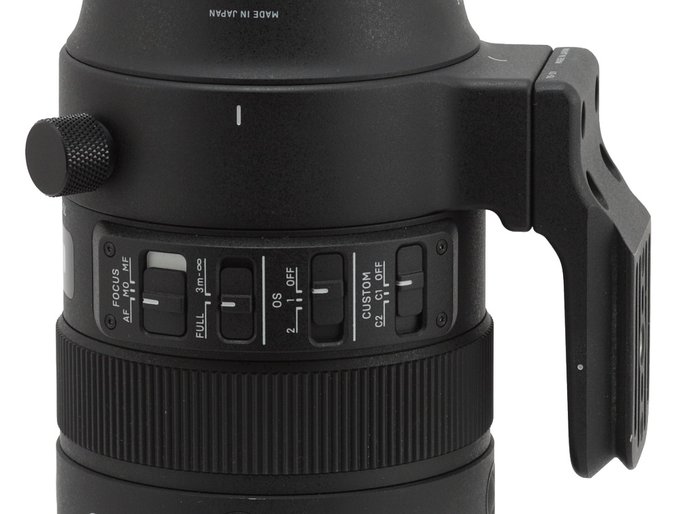 |
Then you see an immobile part of the casing with the „S” letter which means the lens belongs to the „Sport” series and three buttons which enable you to access focus preset – you can configure a specific focus point and each time you push any of these buttons the lens will automatically focus at that preset distance.
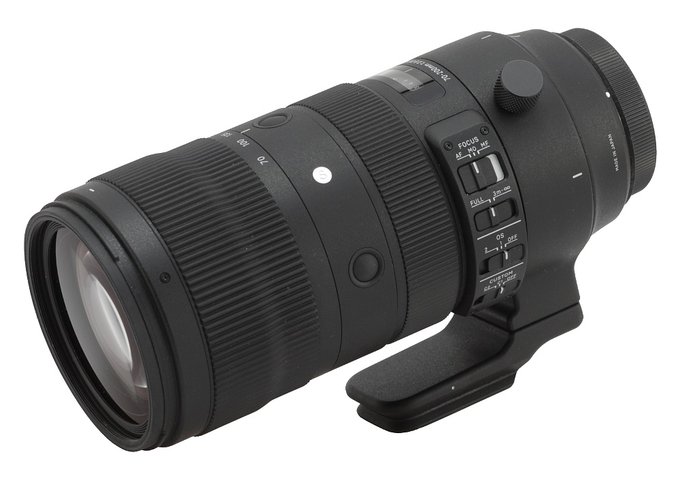 |
The front element is almost 72 mm in diameter, it doesn't move and is surrounded by a non-rotating filter thread, 82 mm in diameter.
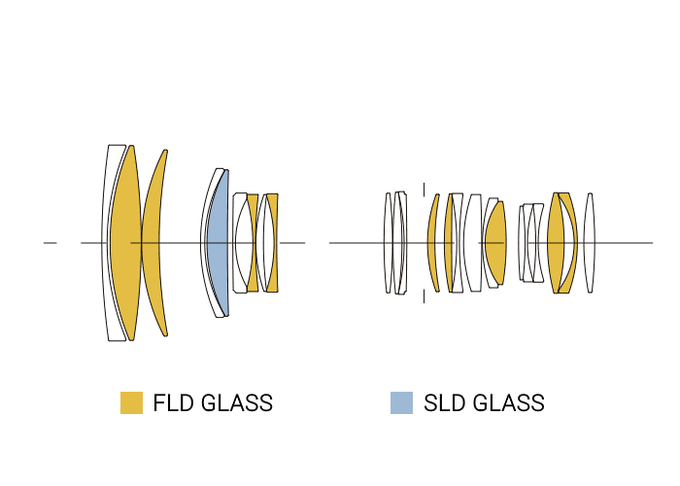 |
When it comes to optical construction you deal here with a very impressive number of 24 elements positioned in 22 groups. Among them there are as many as nine FLD glass elements with properties similar to fluorite. Additionally one element is made of more classic SLD glass. Inside there is also an aperture with 11 diaphragm blades which can be closed down to a value of f/22 at the maximum. The front element is fluorine coated to repel grease and water.
Buyers get both caps, a hood, a tripod adapter and a hard case with the lens in the box.
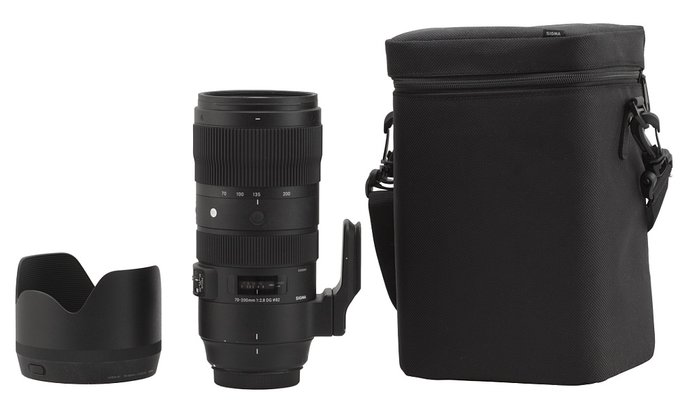 |
Optical stabilization
The producers declare that their stabilization unit is as effective as 4 stops of shutter speed. In order to check that claim we set the lens at 200 mm and took several dozen photos with exposure times ranging from 1/200 to 1/3 of a second and the stabilization switched on and off. For every set of photos we determined a percentage of out-of-focus shots; then we presented it in a form of a graph of exposure time which was expressed in EV (with 0 EV being an equivalent of 1/160 of a second).
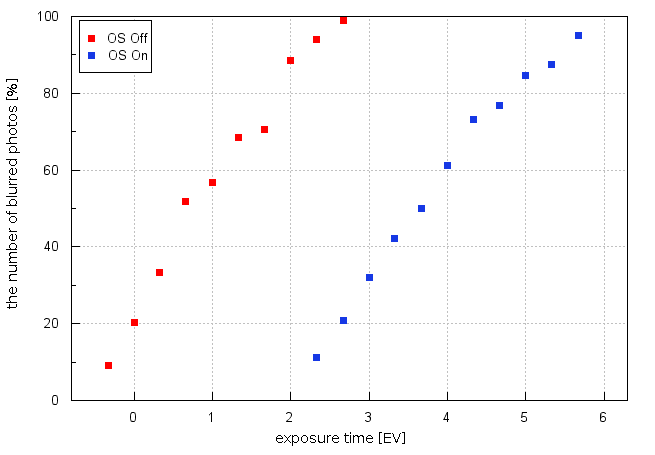
As you see the maximum distance between both curves reaches 3.3 EV and so we assess the stabilization efficiency of the tessted lens. It is a good result but far from sensational and also a bit below the official declarations. It's worth adding that the optical stabilization efficiency of the predecessor of this lens amounted to about 3 EV so you can talk about slight improvement in this category.




